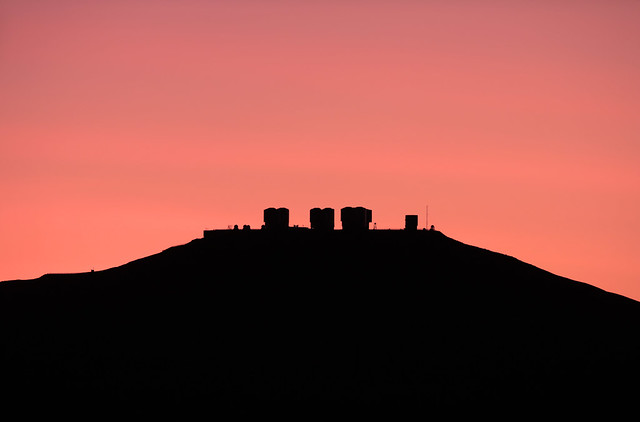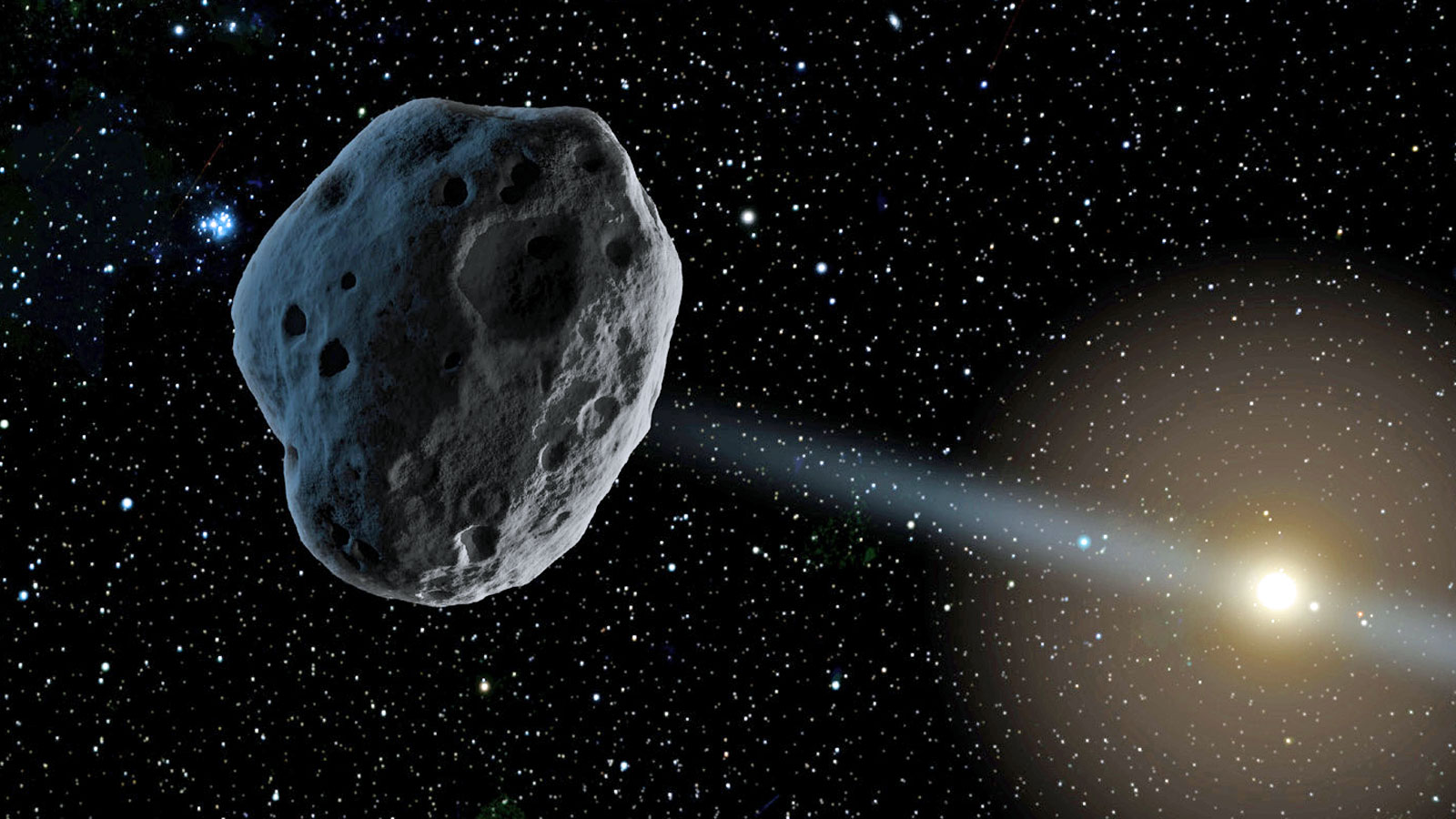Has twilight looked at little… purple to you as of late? The ‘purple sunset’ effect is subtle, but currently noticeable on a clear evening. Sunsets are always colorful events, as the Sun’s rays shine through a thicker layer of the atmosphere at an oblique angle, scattering out at longer, redder wavelengths. When the air is clear and relatively dust free, this effect is at a minimum… but when the upper atmosphere becomes saturated with dust particles and aerosols, the sky can erupt in a panoply of colors at twilight.
Continue reading “Tracking Twilight: ‘Purple Sunset Effect’ Seen Worldwide”Musk Presents the Orbital Starship Prototype. Flights will Begin in Six Months
On Saturday, Sept. 28th, SpaceX founder Elon Musk presided over a media circus at their testing facility in Boca, Chica, Texas. With the fully-assembled Starship Mk.1 as his backdrop, Musk shared the latest updates on the Starship launch system, which include a timetable for when the first test-flights, commercial flights and crewed flights will commence. Sometime next year, he promised, it will begin taking passengers to space!
Continue reading “Musk Presents the Orbital Starship Prototype. Flights will Begin in Six Months”New Technique for Estimating the Mass of a Black Hole
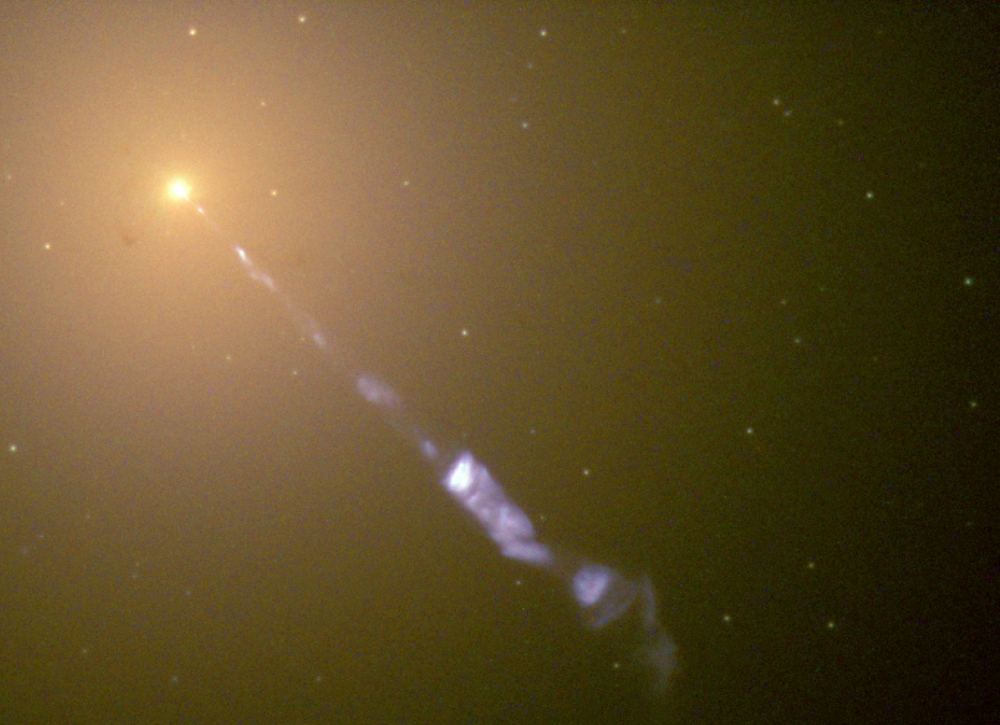
Black holes are the one the most intriguing and awe-inspiring forces of nature. They are also one of the most mysterious because of the way the rules of conventional physics break down in their presence. Despite decades of research and observations there is still much we don’t know about them. In fact, until recently, astronomers had never seen an image of black hole and were unable to guage their mass.
However, a team of physicist from the Moscow Institute of Physics and Technology (MIPT) recently announced that they had devised a way to indirectly measure the mass of a black hole while also confirming its existence. In a recent study, they showed how they tested this method on the recently-imaged supermassive black hole at the center of the Messier 87 active galaxy.
Continue reading “New Technique for Estimating the Mass of a Black Hole”Mice That Spend a Month in Space Were Able to Reproduce Once They Got Back to Earth
A team of Japanese researchers have used sperm from mice that spent time aboard the International Space Station (ISS) to fertilize female mice back on Earth. While previous research has shown that freeze-dried mouse sperm stored in space can experience radiation damage, these results show that the sperm from live mice may not suffer the same damage.
Continue reading “Mice That Spend a Month in Space Were Able to Reproduce Once They Got Back to Earth”Astronomers Have Found a Place With Three Supermassive Black Holes Orbiting Around Each Other
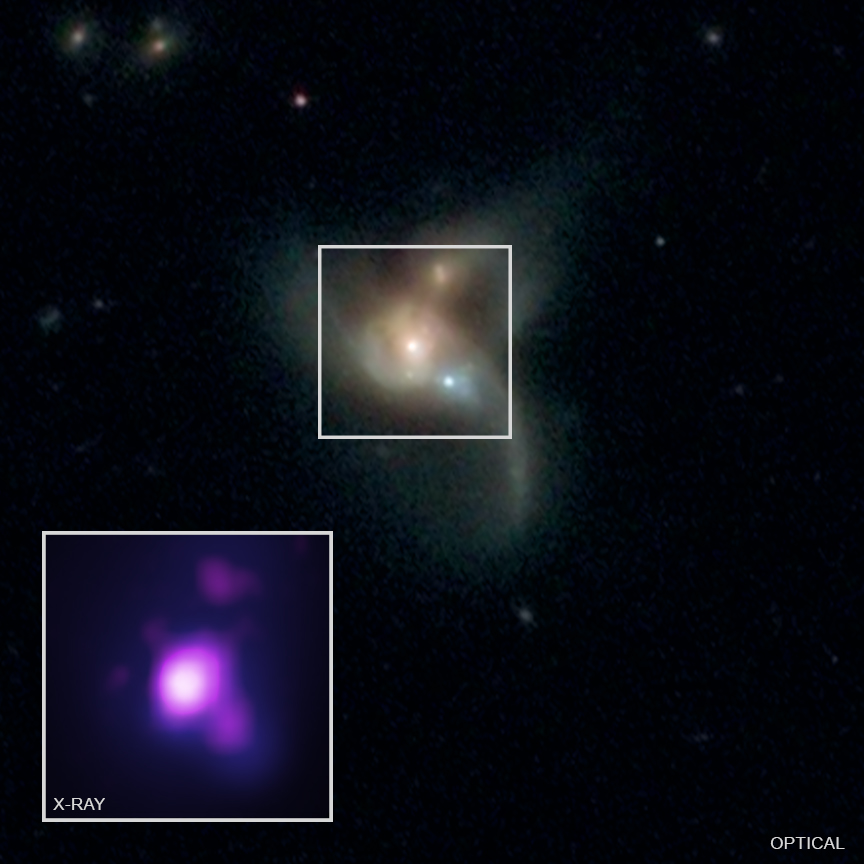
Astronomers have spotted three supermassive black holes (SMBHs) at the center of three colliding galaxies a billion light years away from Earth. That alone is unusual, but the three black holes are also glowing in x-ray emissions. This is evidence that all three are also active galactic nuclei (AGN,) gobbling up material and flaring brightly.
This discovery may shed some light on the “final parsec problem,” a long-standing issue in astrophysics and black hole mergers.
Continue reading “Astronomers Have Found a Place With Three Supermassive Black Holes Orbiting Around Each Other”WFIRST Gets its Coronagraph, to Block the Light of Stars and Reveal Their Planets
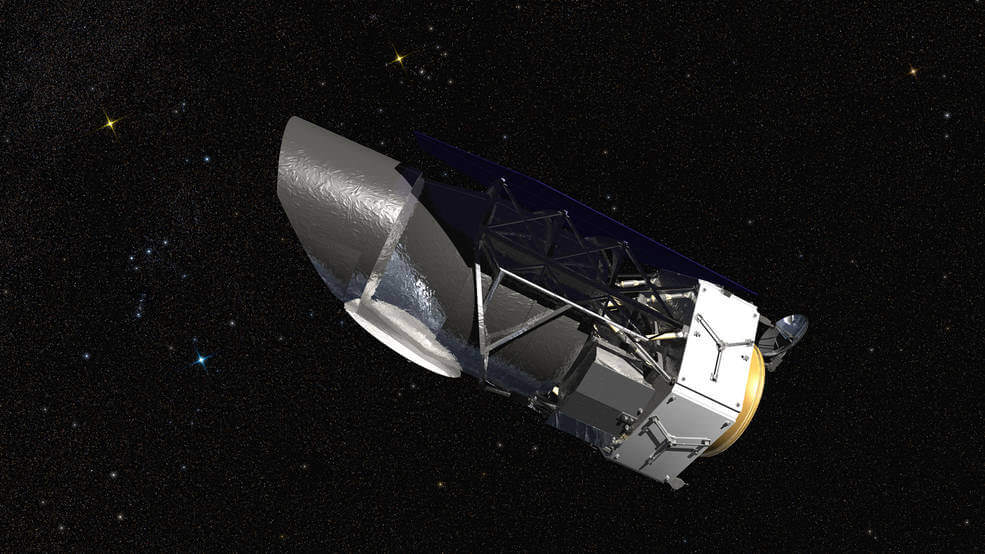
In the next decade, NASA will be sending some truly impressive facilities to space. These include the next-generation space telescopes like the James Webb Space Telescope (JWST) and the Wide-Field Infrared Space Telescope (WFIRST). Building on the foundation established by Hubble, WFIRST will use its advanced suite of instruments to investigate some of the deepest mysteries of the Universe.
One of these instruments is the coronagraph that will allow the telescope to get a clear look at extra-solar planets. This instrument recently completed a preliminary design review conducted by NASA, a major milestone in its development. This means that the instrument has met all design, schedule and budget requirements, and can now proceed to the next phase in development.
Continue reading “WFIRST Gets its Coronagraph, to Block the Light of Stars and Reveal Their Planets”Shape-shifting Robots Like These Could Be Just What We Need to Explore Titan
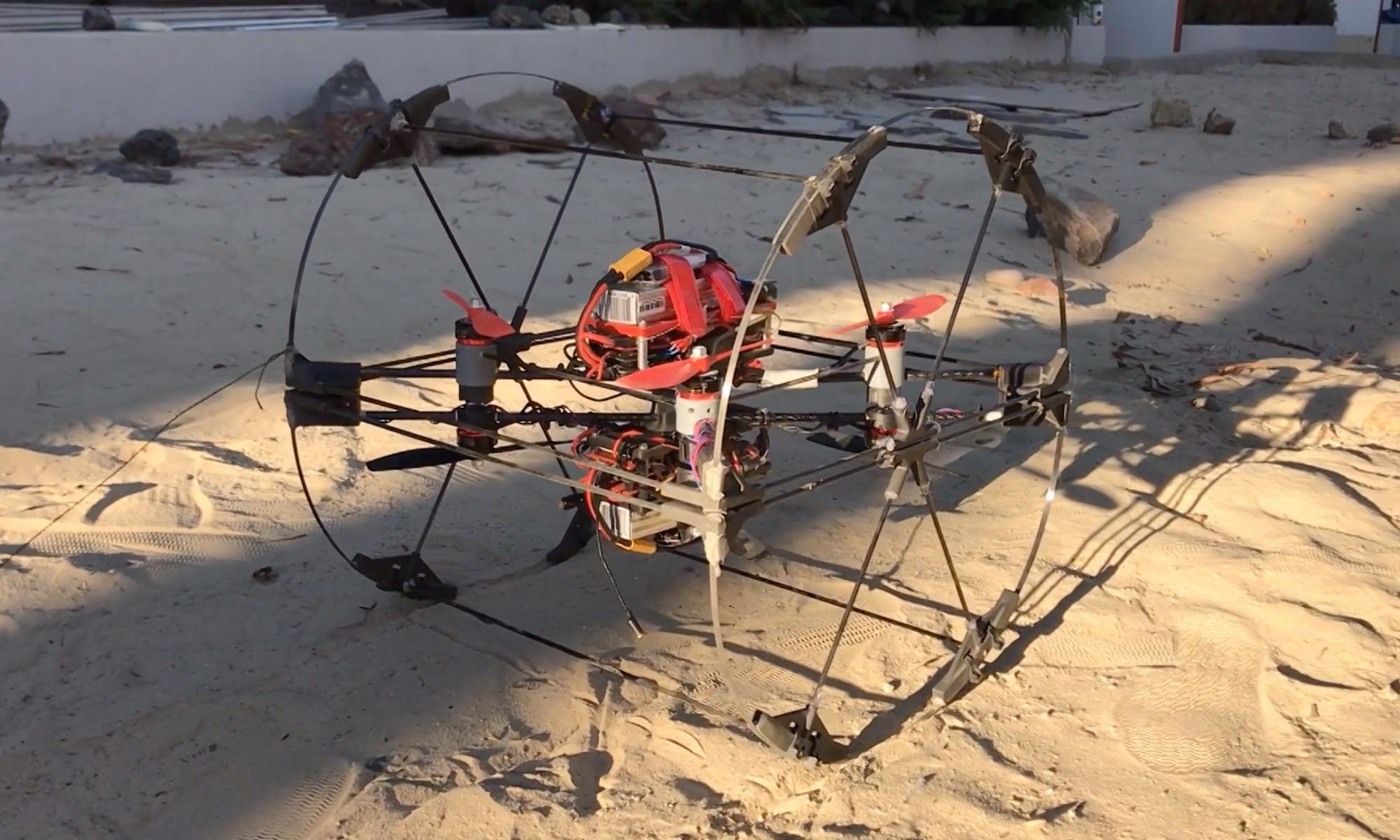
When it comes to space exploration, it’s robots that do most of the work. That trend will continue as we send missions onto the surfaces of worlds further and further into the Solar System. But for robots to be effective in the challenging environments we need to explore—like Saturn’s moon Titan—we need more capable robots.
A new robot NASA is developing could be the next step in robotic exploration.
Continue reading “Shape-shifting Robots Like These Could Be Just What We Need to Explore Titan”Astronauts Explore Caves on Earth, Learning the Skills They’ll Need for the Moon and Mars
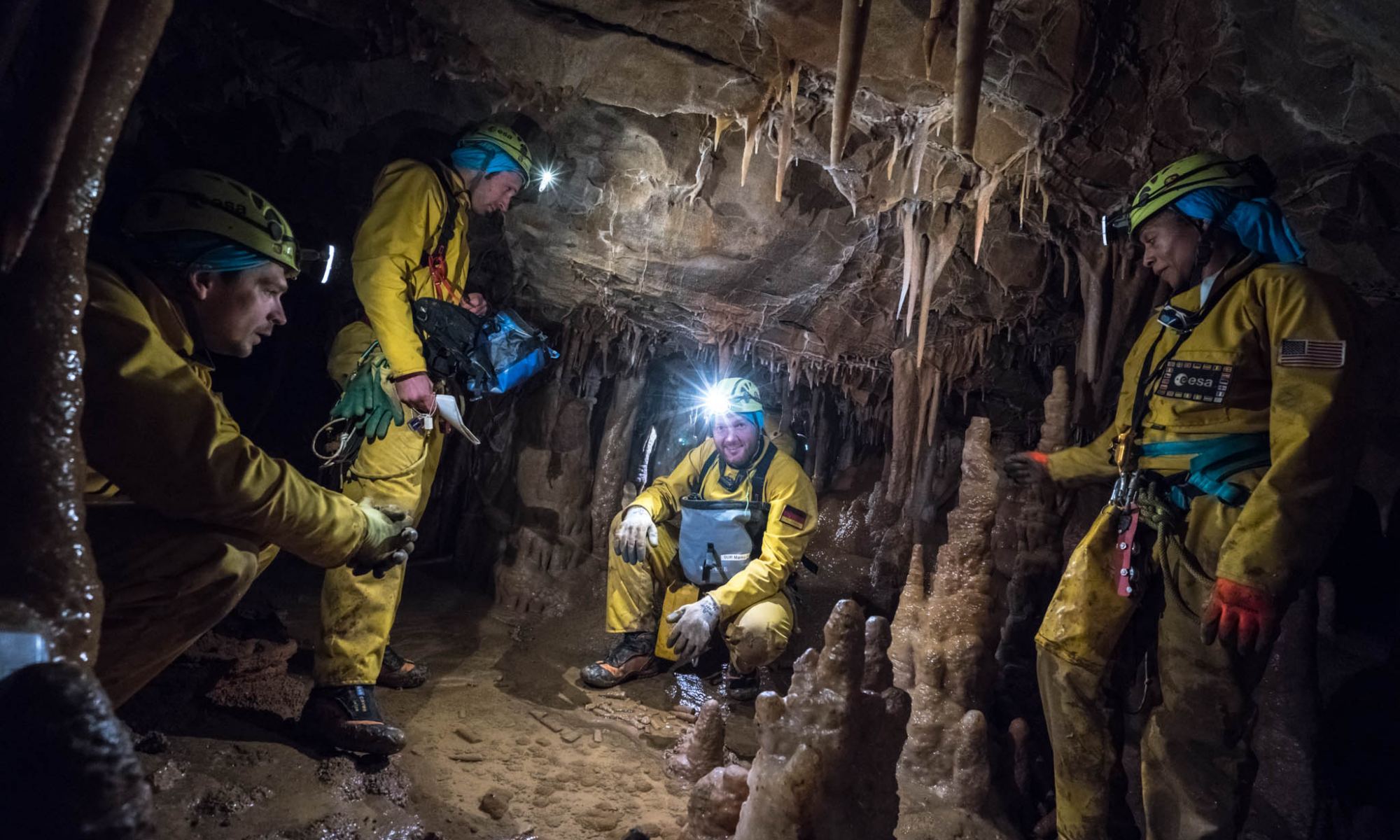
We’re accustomed to astronauts pulling off their missions without a hitch. They head up to the International Space Station for months at a time and do what they do, then come home. But upcoming missions to the surface of the Moon, and maybe Mars, present a whole new set of challenges.
One way astronauts are preparing for those challenges is by exploring the extreme environment inside caves.
Continue reading “Astronauts Explore Caves on Earth, Learning the Skills They’ll Need for the Moon and Mars”This Summer’s Asteroid Near-Miss Helped Greenlight NASA’s NEOCam Mission to Search the Skies for Killer Spacerocks
Last July, a once-in-a-lifetime event happened. Not the good kind; the football-field-sized-asteroid near-miss kind. And that near miss is the catalyst for a renewed effort from NASA to detect more dangerous space-rocks that might threaten Earth.
Last summer’s near-miss asteroid was named 2019 OK, and it passed within about 77,000 km (48,000 miles) of Earth. It managed to slip past all of our detection methods and came within 0.19 lunar distances to Earth. In astronomical terms, that is remarkably close.
We only had 24 hours notice that the asteroid was coming, thanks to a small telescope in Brazil that spotted it. That near miss has sparked a renewed conversation on planetary defense and on NASA’s role in it.
It also left people wondering how this could happen.
Continue reading “This Summer’s Asteroid Near-Miss Helped Greenlight NASA’s NEOCam Mission to Search the Skies for Killer Spacerocks”Weekly Space Hangout: September 25, 2019 – Seth Lockman & Aaron Lockman: The Astronomy Brothers
Hosts:
Fraser Cain (universetoday.com / @fcain)
Dr. Kimberly Cartier (KimberlyCartier.org / @AstroKimCartier )
Carolyn Collins Petersen (TheSpaceWriter.com / @spacewriter)
Moiya McTier (MoiyaMcTier.com)
Continue reading “Weekly Space Hangout: September 25, 2019 – Seth Lockman & Aaron Lockman: The Astronomy Brothers”

